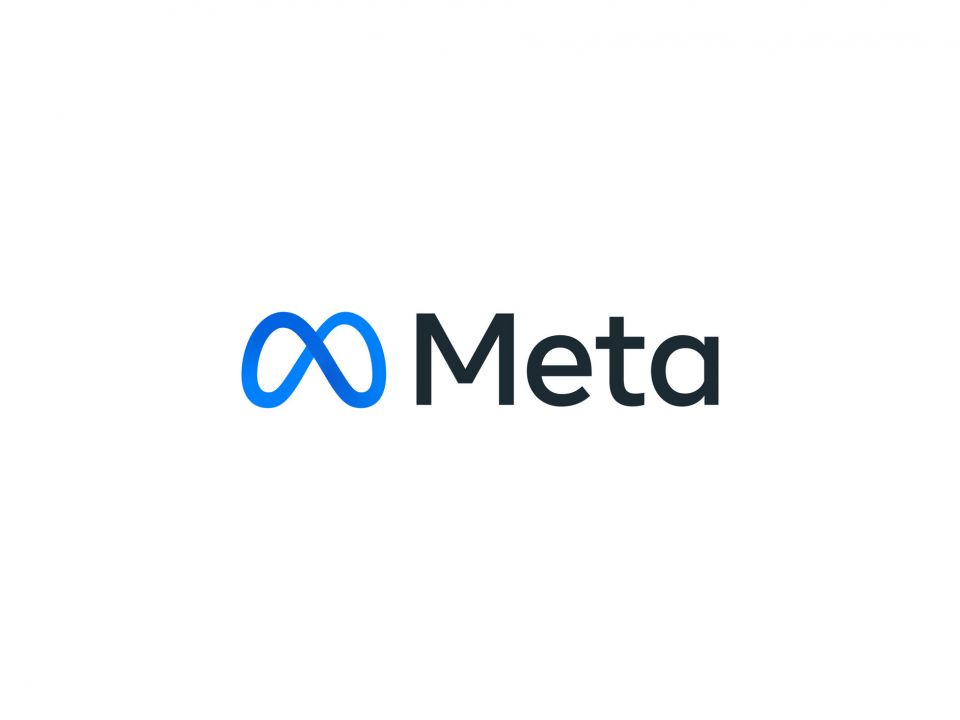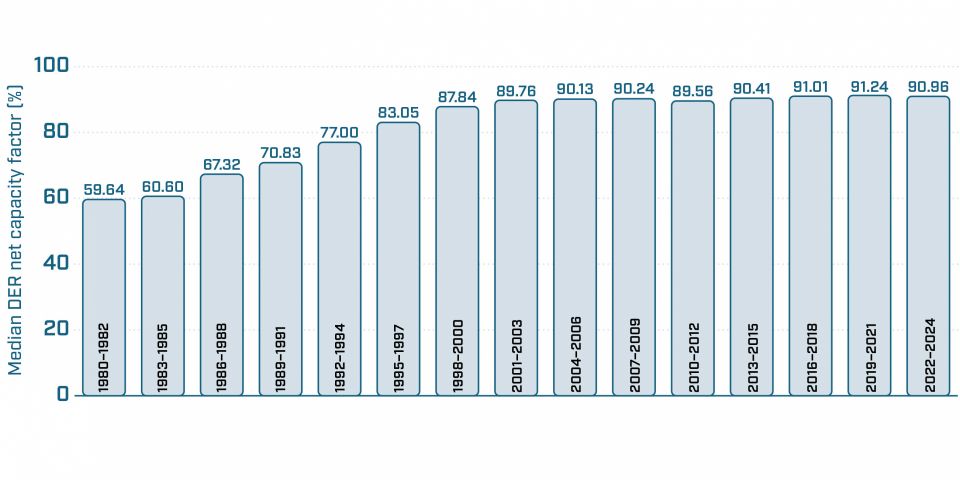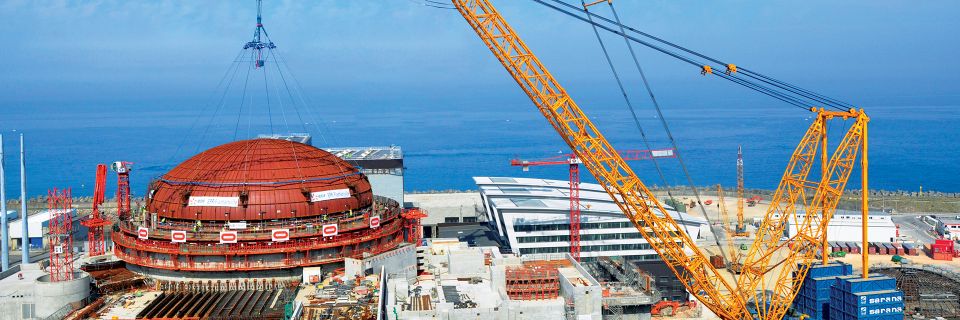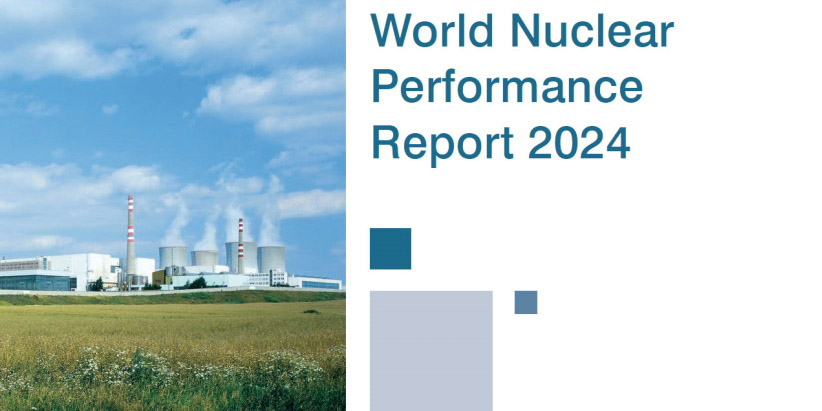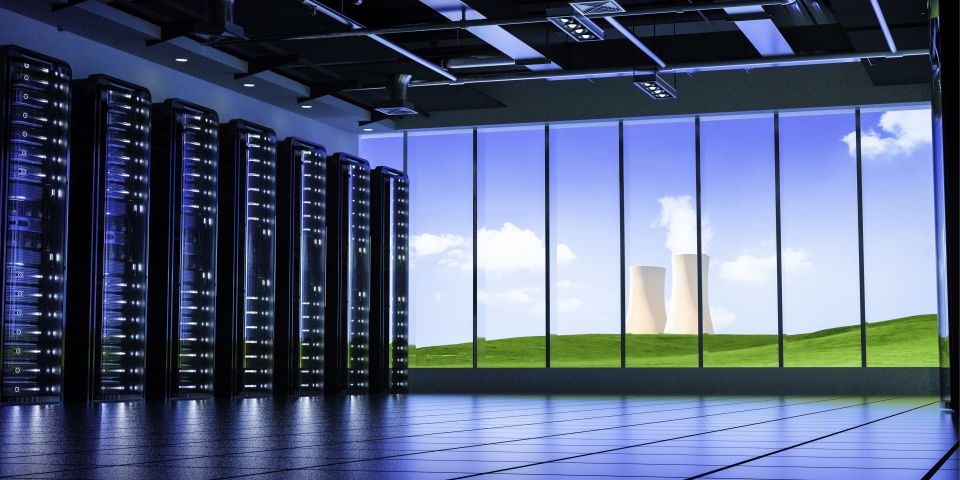About the report: The WNA describes the World Nuclear Performance Report as “the definitive publication on nuclear generation and construction.” The annual publication features updates on nuclear power plants that are operating or under construction in all countries, case studies on new nuclear construction and reactor refurbishments, and analyses of nuclear reactor performance and construction based on data from the International Atomic Energy Agency.
Numbers: According to the 2023 report, nuclear energy, for the sixth consecutive year in 2022, generated more than 2,500 terawatt-hours (TWh) of electricity around the world. Output totaled 2,545 TWh, which was 108 TWh less than in 2021.
Operable reactor capacity as of the end of 2022 totaled to 394 GWe, up 5 GWe from 2021. The total capacity of reactors that produced electricity in 2022 was 363 GWe, down 7 GWe from 2021. (The gap is from normal outages as well as factors such as Japan’s idling of units following the Fukushima Daiichi accident.) The total number of operable reactors at the end of 2022 was 437, up one from 2021. Just over 70 percent of all operable reactors are pressurized water reactors, with all but two of the 36 reactors that have started up between 2018 and 2022 being PWRs.
According to the report, in 2022 the global average capacity factor was 80.5 percent, down from 82.3 percent in 2021, but still continuing the trend of high global capacity factors seen since 2000. In 2022, capacity factors for different reactor types were broadly consistent with those achieved in the previous five years. On average, boiling water reactors achieve the highest capacity factors consistently.
Europe and Asia: The report attributed the decline in global nuclear energy output in 2022 to three main developments—extended outages in France caused by a series of safety-related incidents and maintenance delays, the shutting down of reactors in Germany as a result of the government’s antinuclear policies, and the disruptions in production at the Zaporizhzhia nuclear power plant in Ukraine associated with the war in that country. Those events combined for a reduction of 134 TWh in electricity output; however, nuclear generation is expected to recover in France during the next two years.
Meanwhile, nuclear output has risen in Asia by about 5 percent during the past year, 37 TWh. During the last decade, moreover, nuclear energy generation in Asia has more than doubled—overtaking nuclear generation in Western and Central Europe. The WNA report points out that three-fourths of the nuclear reactors currently under construction are in Asia.
Canada and United States: In North America, there was little change in nuclear generation in 2022 compared to 2021. But Bilbao y León comments in the report that “work to extend the operation of Canada’s Candu reactors is progressing well, and plans are afoot for construction of several SMRs [small modular reactors]. In the USA, the start-up of the AP1000 units at Vogtle is underway, and investments and tax incentives included in the Inflation Reduction Act will reinforce the nation’s commitment to maximize the use of its existing nuclear power plants and encourage deployment of new nuclear technology.”
Climate goals: The director-general emphasized that additional actions are needed from the nuclear industry to grow the industry and meet climate goals. “Six new reactors were connected to the grid in 2022: two reactors in China, and one each in Finland, Pakistan, South Korea, and the United Arab Emirates,” she said. “Construction started on eight reactors: five in China, two in Egypt, and one in Turkey. These additions are welcome, but a far faster rate of construction and commissioning will be needed, at least a tripling of nuclear capacity worldwide, to achieve net-zero greenhouse gas emissions by 2050.”
Competition versus cooperation: Bilbao y León concluded the report by asking, “What can the industry do to ensure that it can grow and deliver at scale and speed?”
Her answer: “In comparison to many other sectors, the nuclear industry comprises many relatively small companies. And, understandably, those companies . . . are in fierce competition with each other.
“But if the nuclear industry is to compete effectively for its place in a future energy mix, then those companies need to work together to make the case for nuclear energy globally. We need to develop our industry self-awareness, and scan the horizon together, looking for challenges and opportunities and developing joint strategies to make the most of both. Put simply, we will either succeed together, or fail separately.”
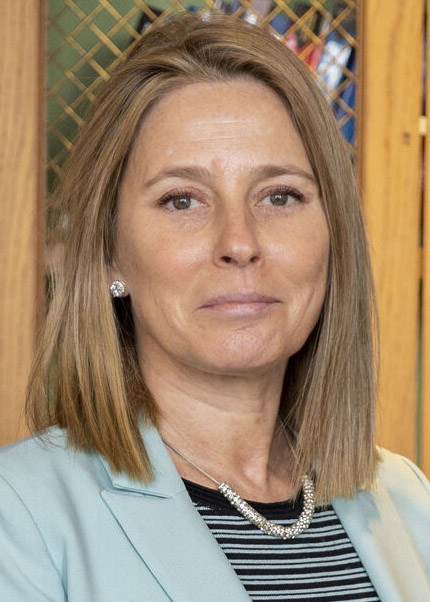
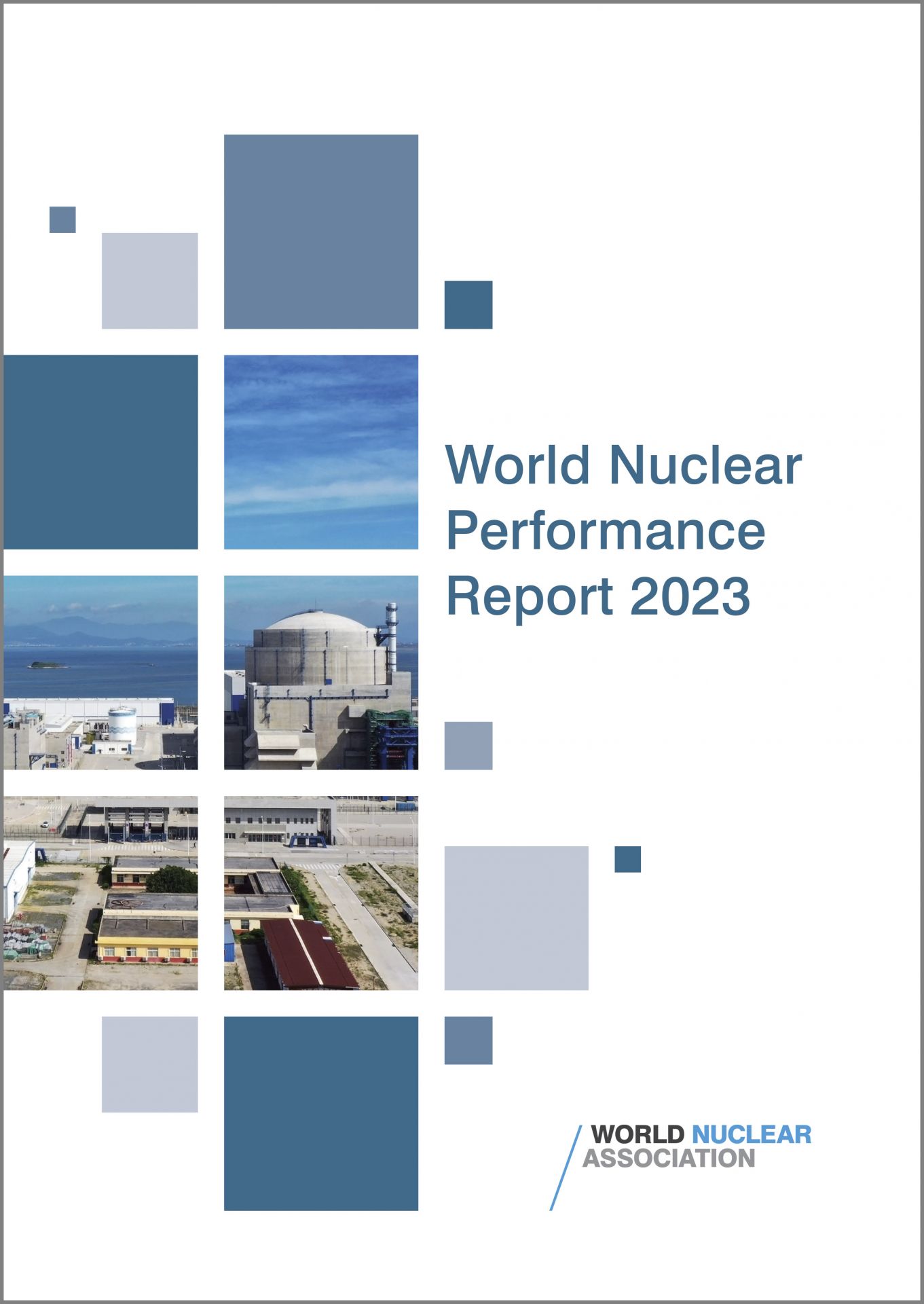 The World Nuclear Performance Report 2023 has been released by the World Nuclear Association (WNA), containing a mix of positive and negative news about the global nuclear power industry. On the positive side, according to the report, nuclear energy in 2022 supplied approximately 10 percent of the world’s electricity and roughly 25 percent of low-carbon clean electricity (second only to hydropower). On the negative side, the total amount of electricity supplied by nuclear energy declined by 4.2 percent in 2022 compared with the previous year, and the nuclear industry as a whole is “not growing fast enough to address the challenges of ensuring energy security, tackling climate change, and providing access to clean energy for all,” said WNA director-general Sama Bilbao y León in remarks at the launch of the report.
The World Nuclear Performance Report 2023 has been released by the World Nuclear Association (WNA), containing a mix of positive and negative news about the global nuclear power industry. On the positive side, according to the report, nuclear energy in 2022 supplied approximately 10 percent of the world’s electricity and roughly 25 percent of low-carbon clean electricity (second only to hydropower). On the negative side, the total amount of electricity supplied by nuclear energy declined by 4.2 percent in 2022 compared with the previous year, and the nuclear industry as a whole is “not growing fast enough to address the challenges of ensuring energy security, tackling climate change, and providing access to clean energy for all,” said WNA director-general Sama Bilbao y León in remarks at the launch of the report.


